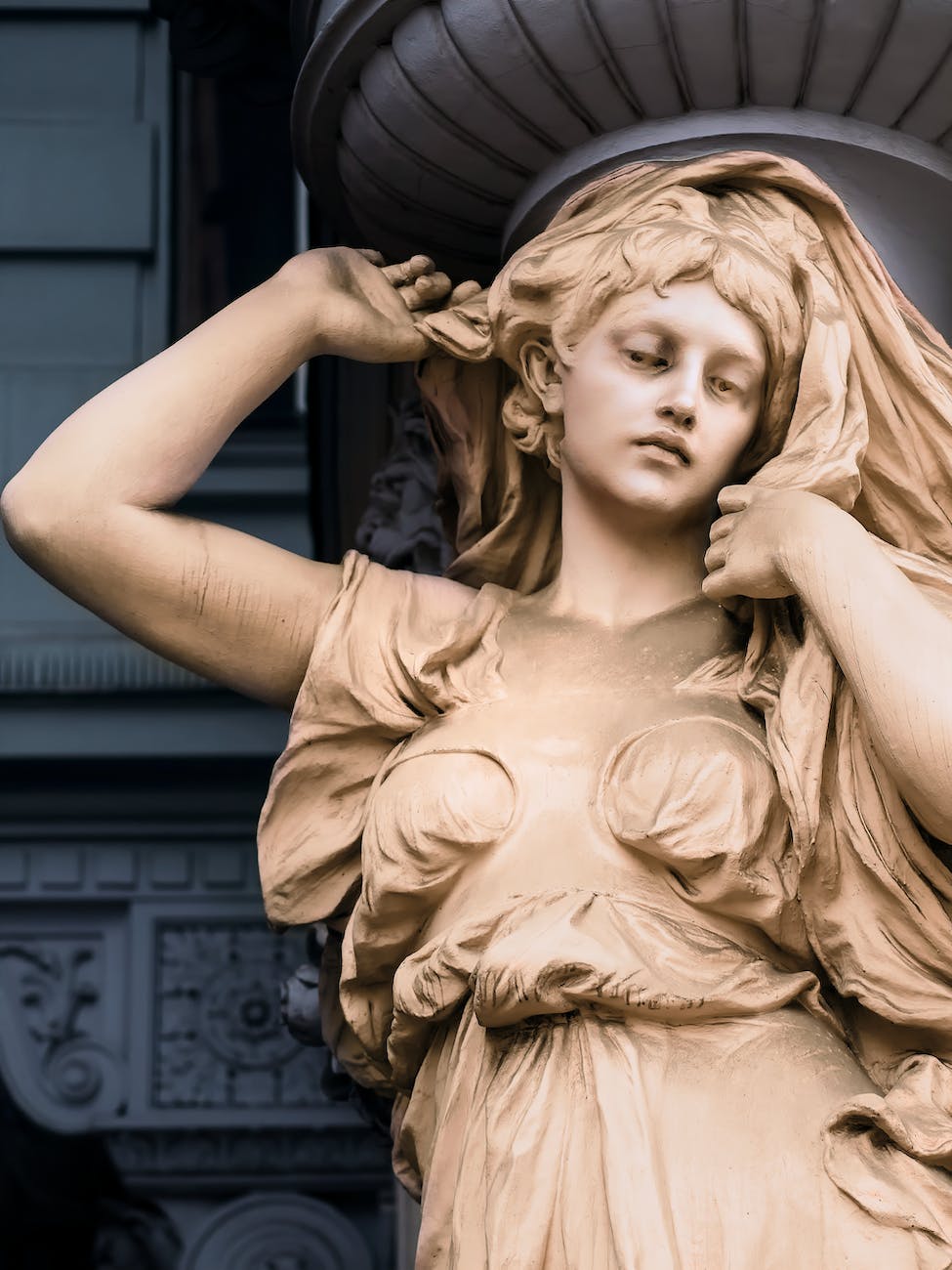Sculpture for Beginners: Exploring the World of Three-Dimensional Art
Sculpture is an exciting artistic medium that allows complete creative freedom and self-expression in 3D physical form. For newcomers eager to get started sculpting, exploring fundamental techniques, materials, tools and concepts opens endless possibilities. This article provides an introductory overview of everything beginners need to know to dive into the dimensional world of sculpture.
Sculpture Basics
Sculpture utilizes tactile media to create forms with depth and presence. Some key qualities include:
- 3D artwork – Sculptures exist physically in three dimensions – width, height and depth.
- Additive and subtractive processes – Forms created by both adding and removing material.
- Meant to be viewed from multiple angles – Sculptures are fully considered from all sides.
- In the round vs relief – Freestanding pieces vs shallow depth sculptures mounted on walls.
- Tactile appeal – Sculptures engage the sense of touch along with sight.
- Presence – Sculptures occupy real space and interact with surrounding environment.
Sculpture Mediums
Sculptors work in diverse traditional and contemporary media:
Clay
- Oil and polymer clays
- Air dry, earthenware, porcelain
Wax
- Modeling, casting, and encaustic waxes
Plaster
- Plaster of Paris, Hydrocal
Wood
- Basswood, alder, maple, mahogany
Stone
- Soapstone, alabaster, limestone, granite
Metal
- Bronze, aluminum, steel, copper
Alternative media
- Paper, fabric, glass, found objects, mixed media
Sculpture Subjects
Sculptural subjects cover a vast range including:
- Figurative – Portraits, body forms, groups
- Animal forms – Wildlife, pets, fantasy creatures
- Still life – Everyday objects, food, flowers
- Abstract – Nonrepresentational, conceptual
- Architectural – Building ornamentation and models
- Monuments and memorials
Basic Sculpting Tools
Beginner toolkits for modeling, carving, cutting, shaping sculptures include:
- Metal sculpting tools – Loop, flat, rounded shapes
- Wooden tools – Skewers, paint stirrers, popsicle sticks
- Wire clay cutters, trimmers
- Ribbon tools with thin, flexible blades
- Dental tools, tweezers, scalpels for detail
- Files, rasps, rifflers, sandpaper for smoothing
- Wood gouges, chisels for subtractive sculpting
Fundamental Sculpture Techniques
Key techniques to learn include:
- Score and slip – Scoring surfaces then applying liquid clay slip to join pieces of clay
- Armature – Bending thin metal wires to form skeletal interior supports for figures and forms
- Additive – Building up forms gradually by adding more material
- Subtractive – Removing material to reveal underlying form as in stone carving
- Relief – Sculpting shapes with shallow depth that project from backgrounds
- Casting – Forming sculpture into molds then pouring plaster, metal or other media to duplicate
Sculpture Tips for Beginners
Helpful pointers for getting started:
- Take a class to learn hands-on from an experienced instructor
- Start with simple abstract shapes and organic forms before jumping into complex projects
- Experiment with different materials to find preferences
- Use basic kitchen and hobby tools at first to keep costs low
- Focus on enjoying the process rather than perfect finished products
- Draw inspiration from sculpture books, museums, galleries, and parks
- Follow other sculptors online and through social media groups to stay motivated
The world of sculpture offers limitless opportunities for creative expression and satisfaction. With a grasp of its fundamental concepts and techniques, beginners can unlock their potential in this hands-on, visually engaging art form.
